Autoflower, or day-neutral cannabis seeds have gained popularity among home growers and large scale cultivators due to their fast growth cycle. However, despite their reputation for being beginner-friendly, growing autoflower strains is not easy. We've seen countless fields of dwarfed plants and poor yields when conditions weren't right (Like the one below). In fact for large scale cultivators we DO NOT recommend autoflower seeds. But for a fun and quick home grow they are a blast. For our autoflower seed starting guide, visit here.

The In's and Out's Of Growing Autoflower Cannabis Seeds
Here, we’ll explore some of the key difficulties that growers may encounter when cultivating autoflower cannabis.
1. Plant Stress Is An Autoflower Killer
Autoflower plants are hardwired to flower at the first signs of stress - and they can trigger into flower when they are inches tall. This list of possible stressors is huge, and keeping conditions as ideal as possible is the most difficult part. While they can make it for up to 10 or so weeks before reaching maturity, many growers stress seedlings out early on and hardly make it 6 weeks with tiny yields. The earlystages of the plants life are among the most important to have an established plant before it flowers.
2. Variability

Even a well bred autoflower seeds are picky and we generally see less heterosis than full term varieties. This variability often leads to inconsistent results, particularly for inexperienced growers who may not know how to troubleshoot specific problems. Autoflowers are produced from two parents started from seed or self pollination - and never are two seeds exactly the same. With full term plants, they can be produced from clonal propagated parents - which can ensure much better heterosis.
3. A Short Life Cycle

Autoflowering plants transition from the vegetative to flowering stage automatically, regardless of light exposure. This can be a double-edged sword. While it allows for quicker harvests—often within 10 to 12 weeks from seed to harvest—it also means that growers have limited time to correct any mistakes. If issues arise in the early stages, there may not be enough time to recover before the plant enters its flowering phase. If you stress out the plant when its young, it will flower and you will have a poor yield. But this also means you can run lights on them 24 hours a day indoors, and grow large plants quickly. We recommend between 18-24 hours for maximum growth.
4. Transplanting and Planting
The ideal way to start an autoflower seedling is in the pot or plot it will spend the rest of its life in. Seedling's are very sensitive with becoming root bound in their early days - which can trigger flowering very early. We've seen piles of 6 inch tall plants with one tiny cola that were mature because plants were left in seedling trays for just a few days longer than they should have. When the tap root hits the bottom of whatever container its in, it sends a signal saying its time to flower. They also can trigger into flower if their roots are damaged during transplanting.
We use bio degradable seed starting plugs for large scale plantings outdoors, these are called Earth Pots and available from OBC Northwest (pictured below). We transplant seedlings within 10 days of emergence and when they are only 2-4 inches tall. Growing autoflower's at scale is particularly difficult because the timing of transplanting has to be perfect.


5. Temperature Is Important
When putting autoflowers outside it is important to ensure temperatures are warm but not overly hot. Both cold stress and heat stress will cause young plants to trigger, or grow slowly. We recommend air temperatures of between 55-80°F for the first few weeks outside.
6. Light Requirements
Although autoflowering plants are less dependent on light cycles than photoperiod strains, they still require adequate lighting to thrive. Many growers make the mistake of providing insufficient light, which can lead to leggy plants and low yields. Ideally, autoflowers should receive at least 18 hours of light per day. Inadequate lighting can also affect the plant’s ability to produce cannabinoids and terpenes, ultimately impacting quality. Growers always assume that during seasons with less than 12 hours of light that autoflowers would be ideal - but to the contrary - give them less and they will give you less.
Autoflowers are ideal for outside growers in the spring when daylenghts are getting longer. Or for indoor growers who can provide nearly non-stop light. By far the biggest autoflowers we've ever seen were grown in Alaska under 20+ hours of light.
7. Soil Conditions
Autoflowers love to stretch out their roots. If you have hard packed soil do not expect to see much growth before plants flower. Sections of farmers fields that have hard pack are extremely obvious at the end of a an auto grow as marked by tiny plants. For container growers, having a light, fluffy potting soil is ideal.
8. Pot Sizes

If you choose to grow autoflowers in pots, picking the perfect size is dependent on your individual conditions. If you are growing outdoors in the early summer in a region with long day lengths, plants can grow very large and thus need a larger pot. If you are growing indoors or in off seasons, plants require smaller pots. The only catch is - if they are planted in too small of a pot they will flower early on after their tap root hits the bottom. But using too large of a pot on a plant that only survives a few months is a waste. We recommend at least a 3 gallon pot - but no larger than 10 gallon pots are necessary even outdoors. We've used pots as small as 1 gallons and they can work but don't expect a big yield. For indoor growers, between 3-10 gallon pots are work great.
10. Nutrient Management
Autoflowering cannabis plants often require different nutrient levels compared to photoperiod strains. Their rapid growth can lead to nutrient burn if over-fertilized, as they may not be able to handle high nutrient concentrations in the early stages. Conversely, underfeeding can stunt growth and yield. Finding the right balance of nutrients—particularly nitrogen, phosphorus, and potassium—can be challenging, especially for novice growers who may not yet have a grasp on nutrient needs. We always like to supplement our soil with high amounts of nitrogen early on.
10. Pest and Disease Management
While all cannabis plants are susceptible to pests and diseases, autoflowering plants have less time to recover from infestations. Early detection and intervention are essential, as a minor pest problem can quickly escalate and damage the entire crop. Regular monitoring and preventive measures, such as maintaining a clean growing environment and employing organic pest control strategies, become even more critical.
10. Timing of Harvest
Determining the right time to harvest autoflowering cannabis can be tricky. Unlike photoperiod strains that exhibit clear signs of readiness, autoflowers may not develop the same color changes in trichomes, making it difficult to assess maturity. In addition, because of how temperamental plants are you may have some that mature much earlier than others. Growers must rely on experience and careful observation, which can be daunting for those new to cannabis cultivation.
Are Autoflower Seeds the Answer?
While everyone seems to think autoflowers are where its at, we urge caution to new growers and experienced growers alike. That said, they can make some really fun to grow beasts! Like our Sour RNA Seedless, a triploid autoflower, pictured below.

You can check out our autoflower CBD seeds, auto CBG seeds, and autoflower THCV seeds here --->

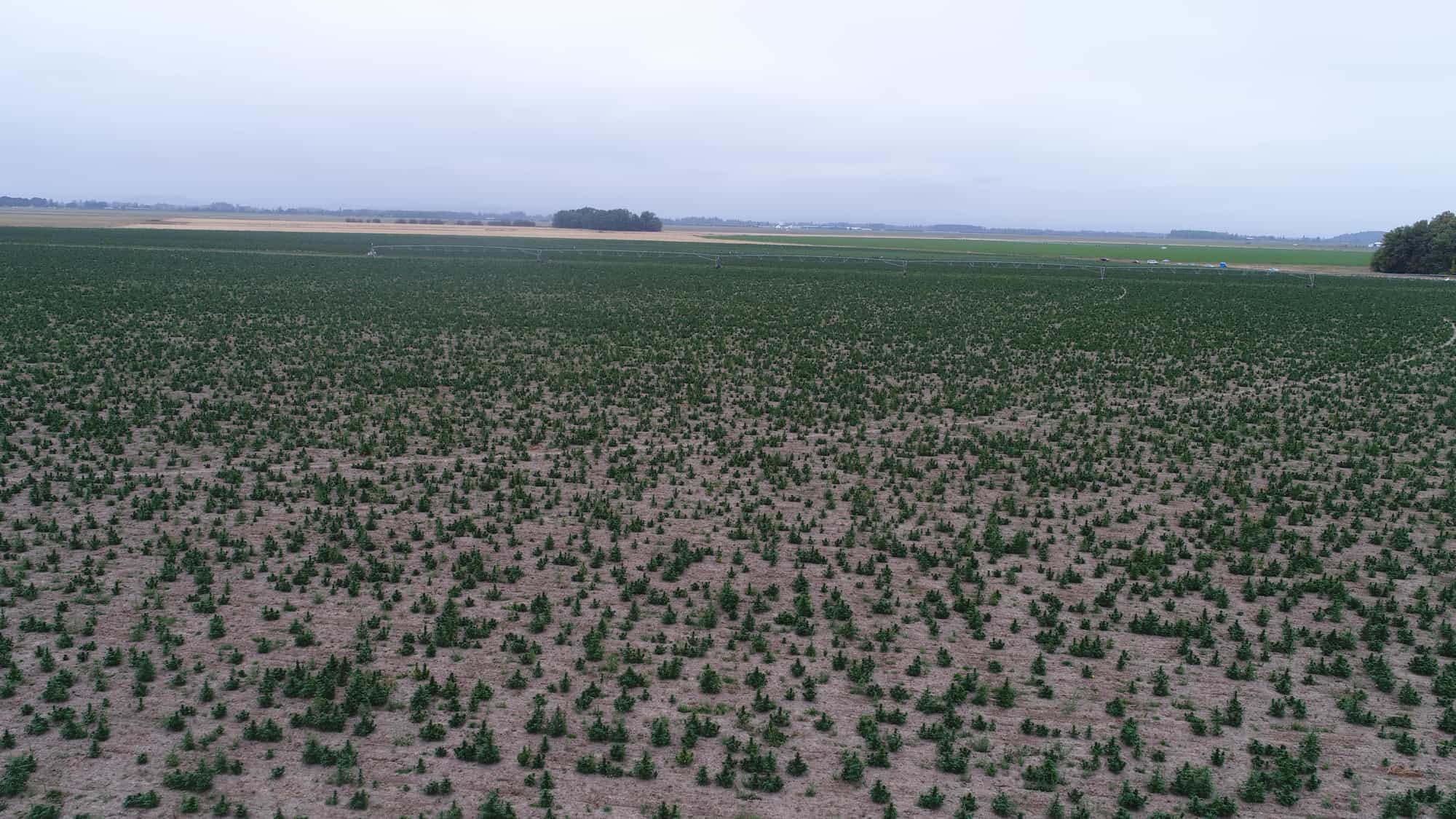
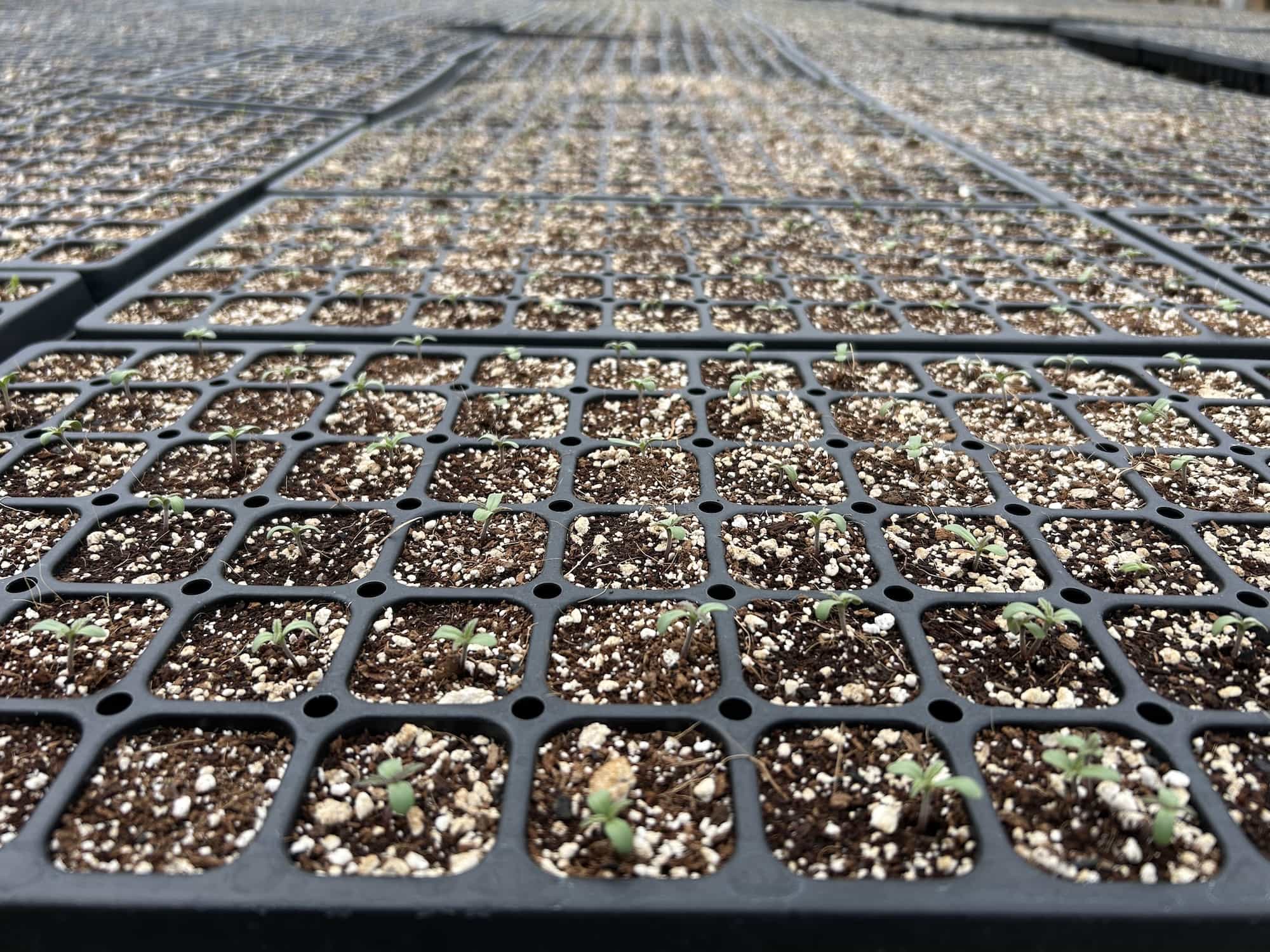
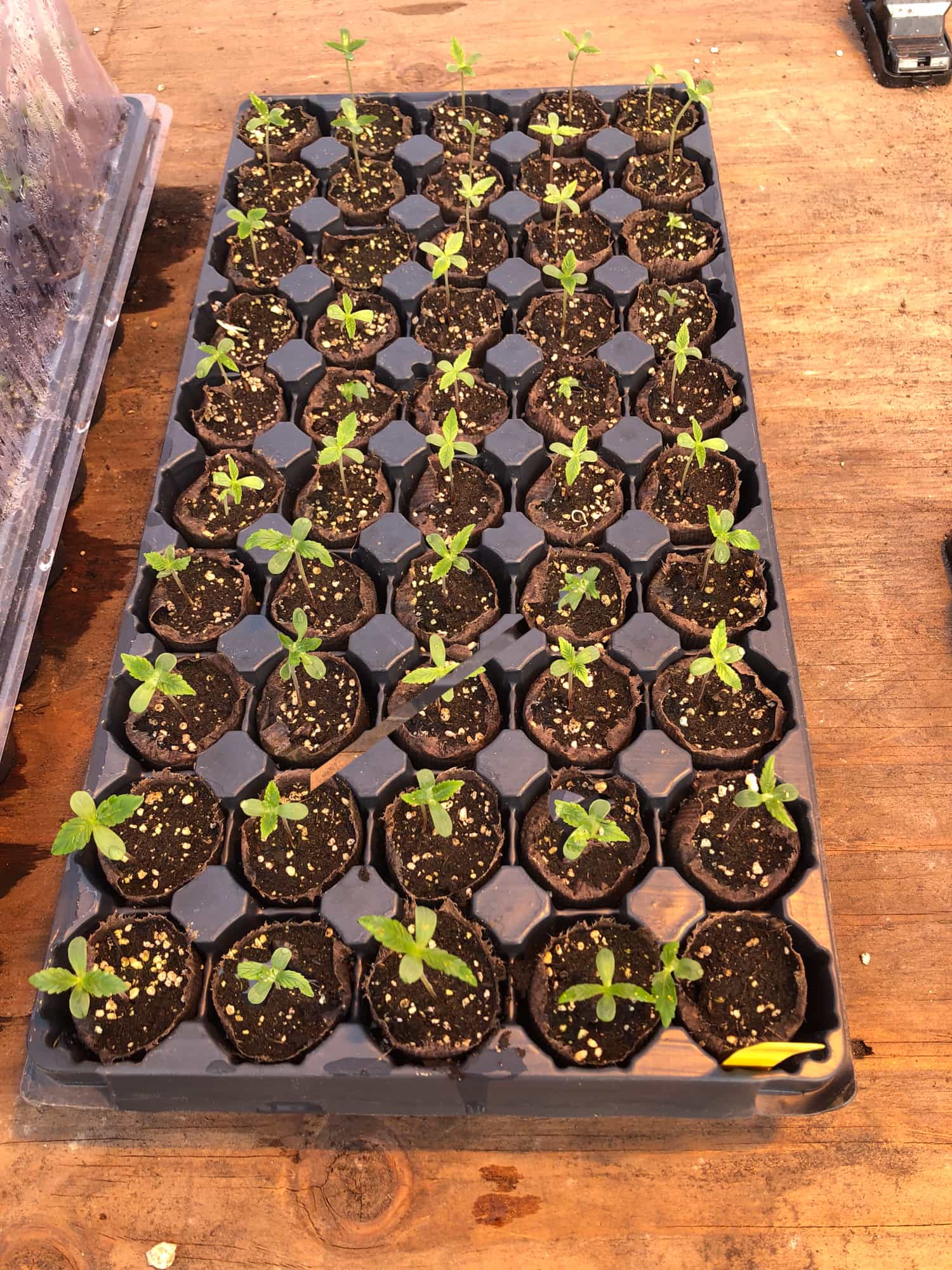
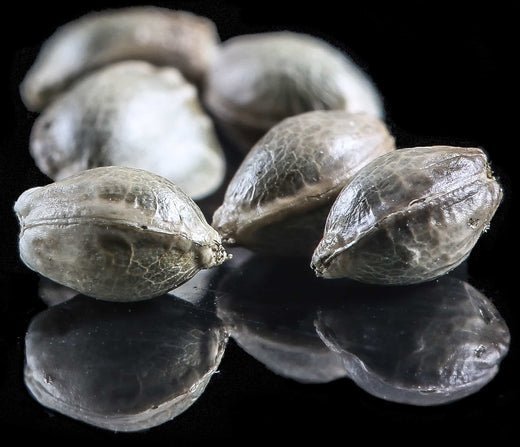
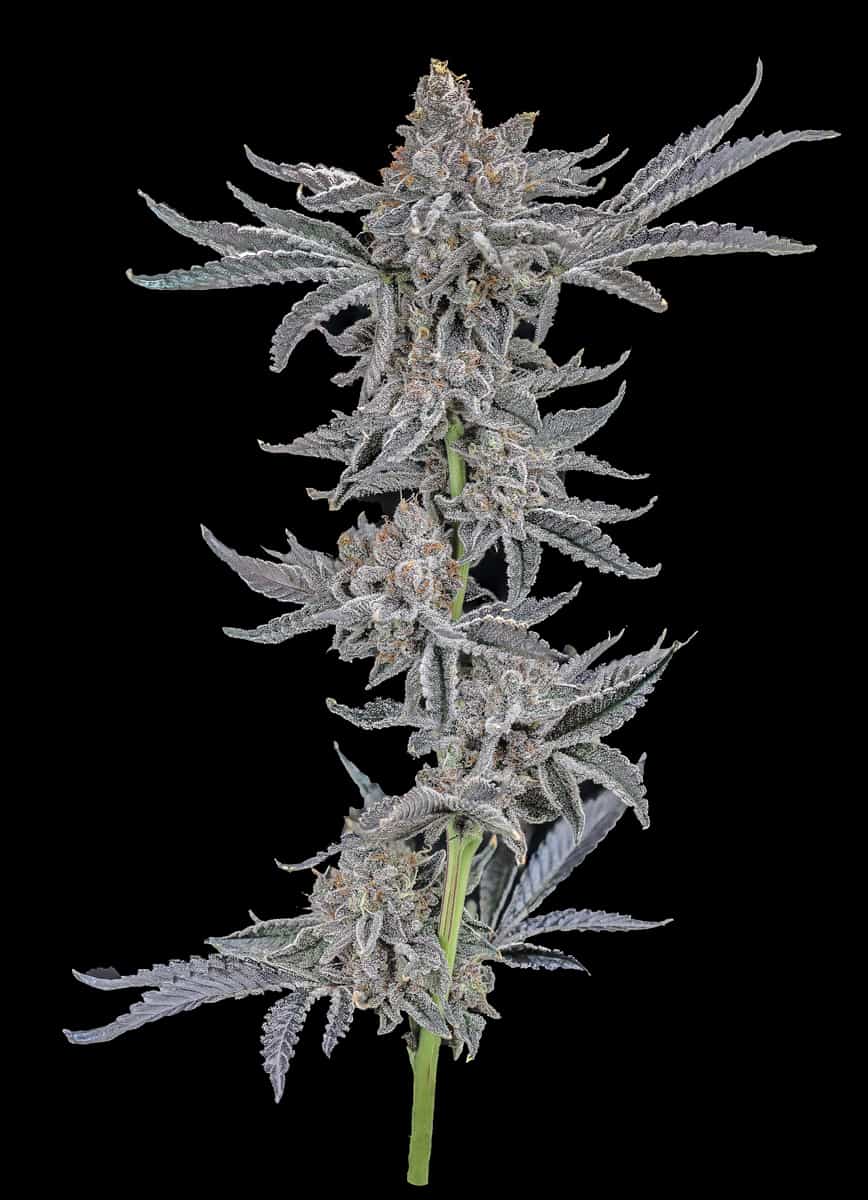



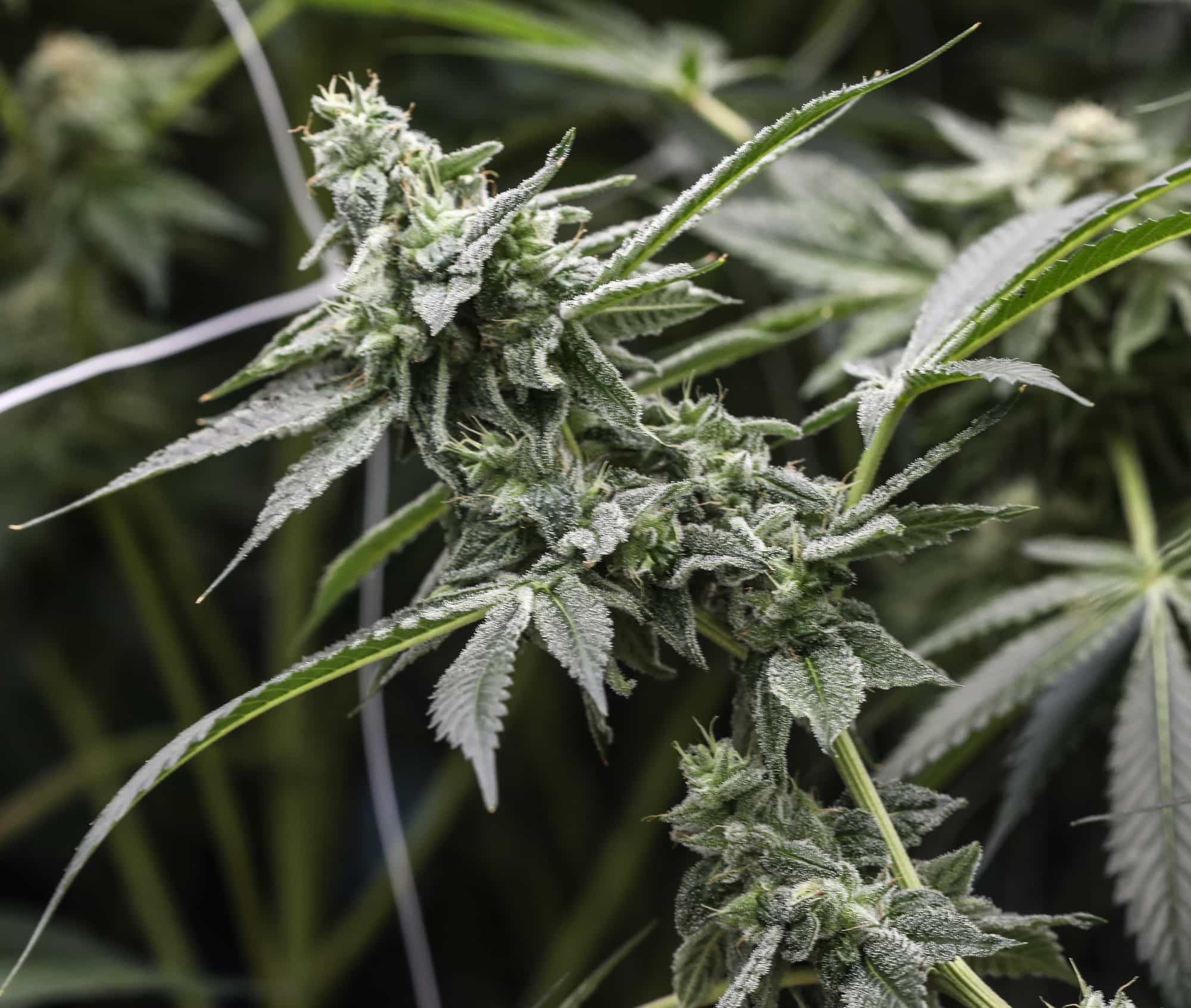

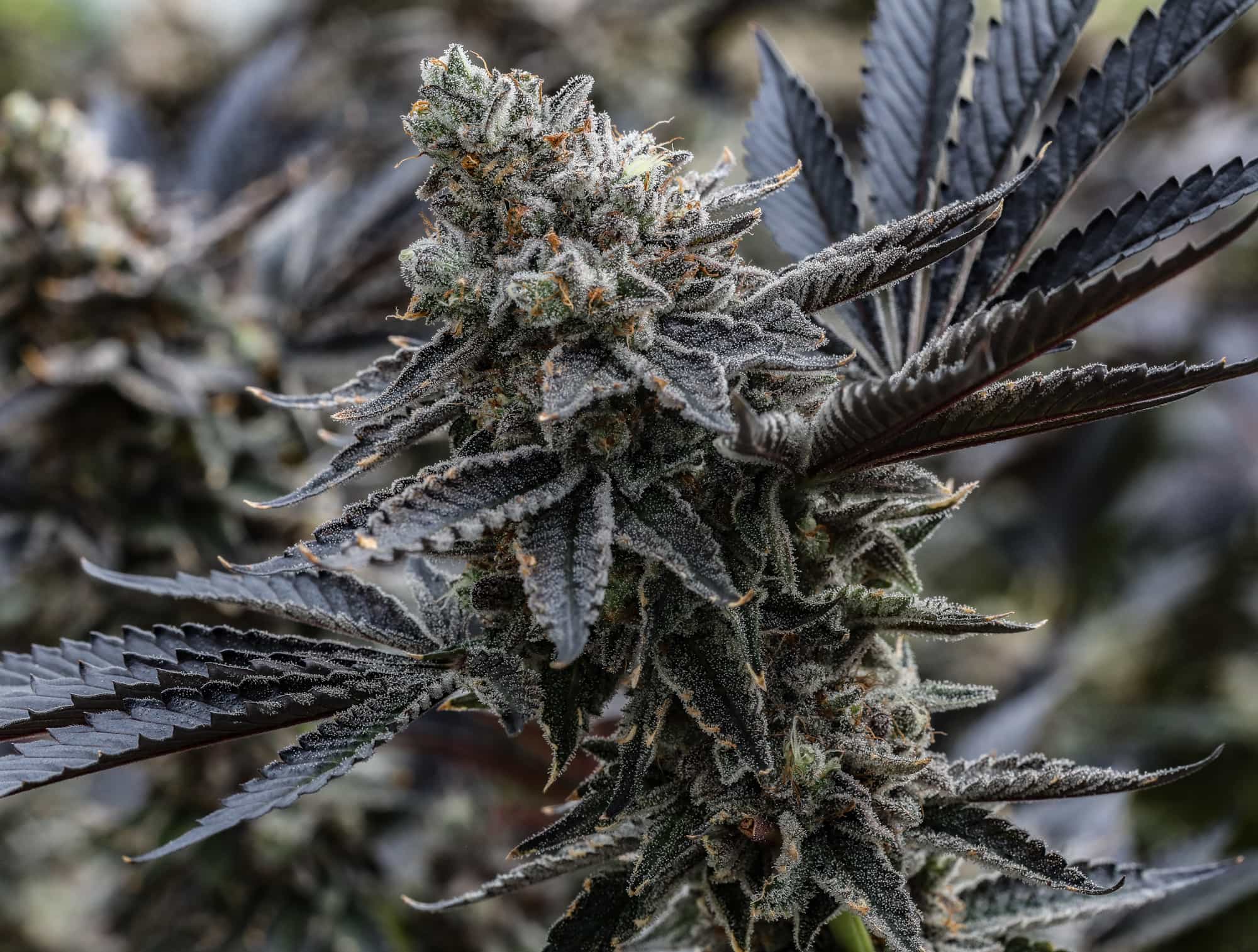
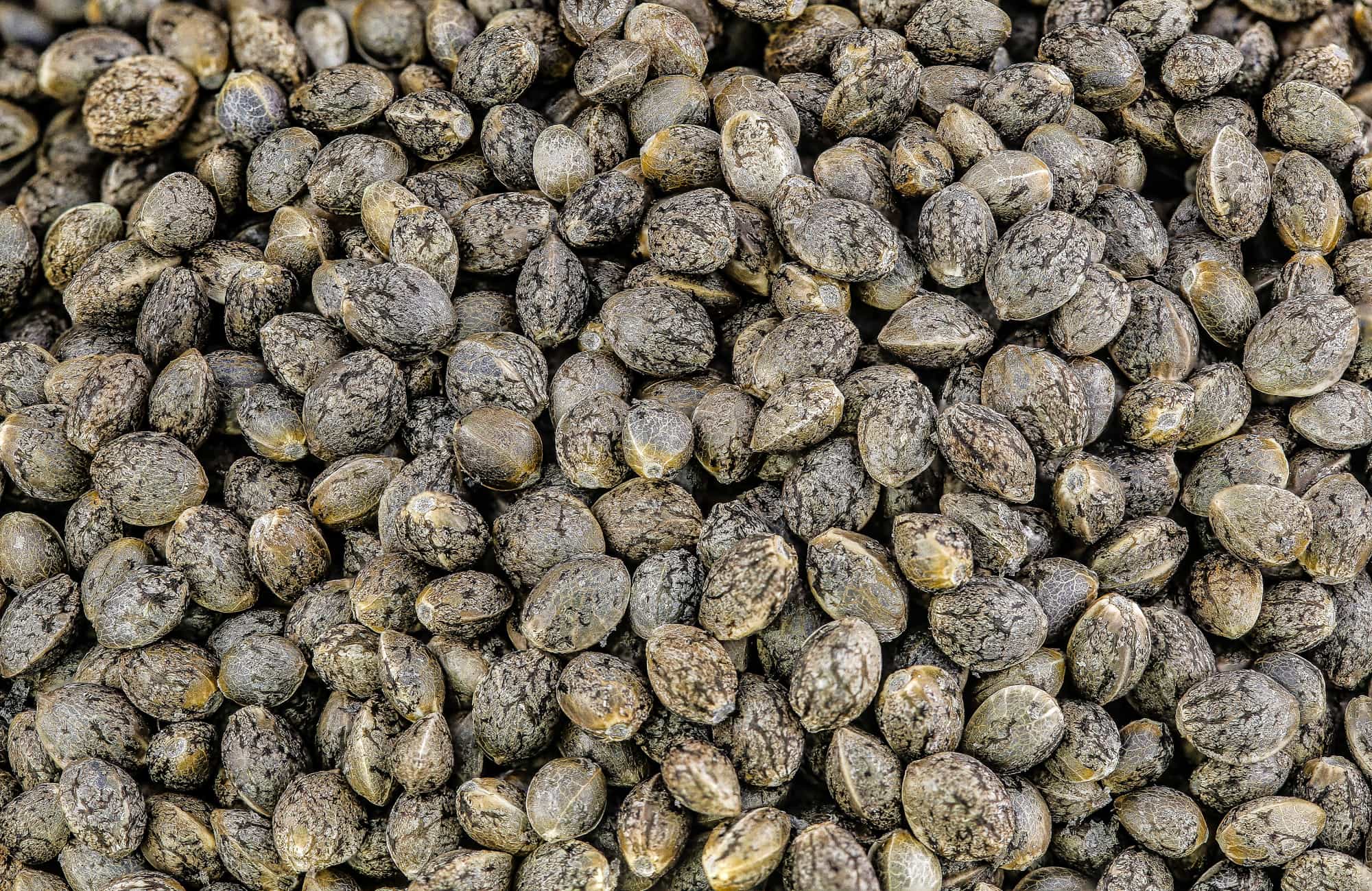
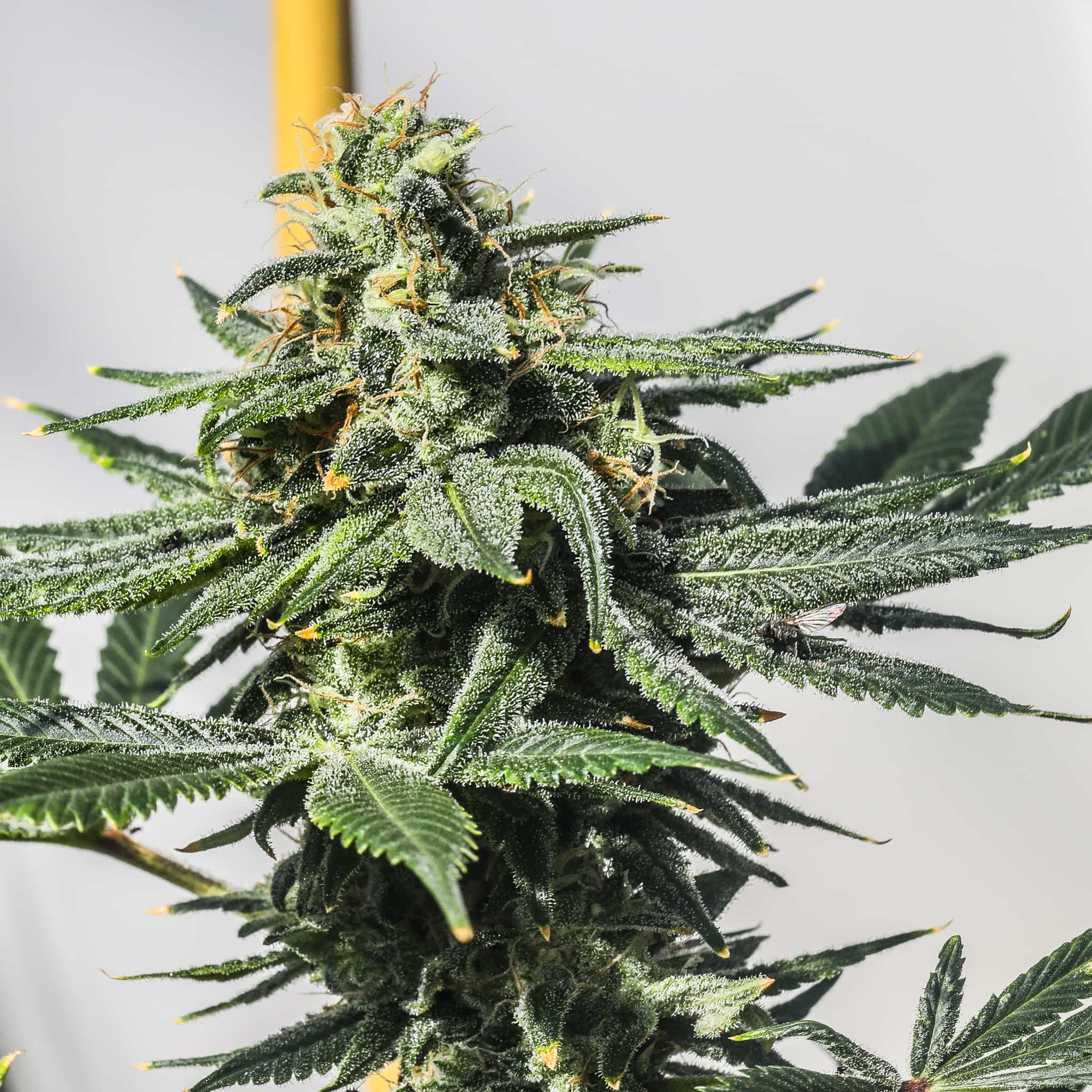
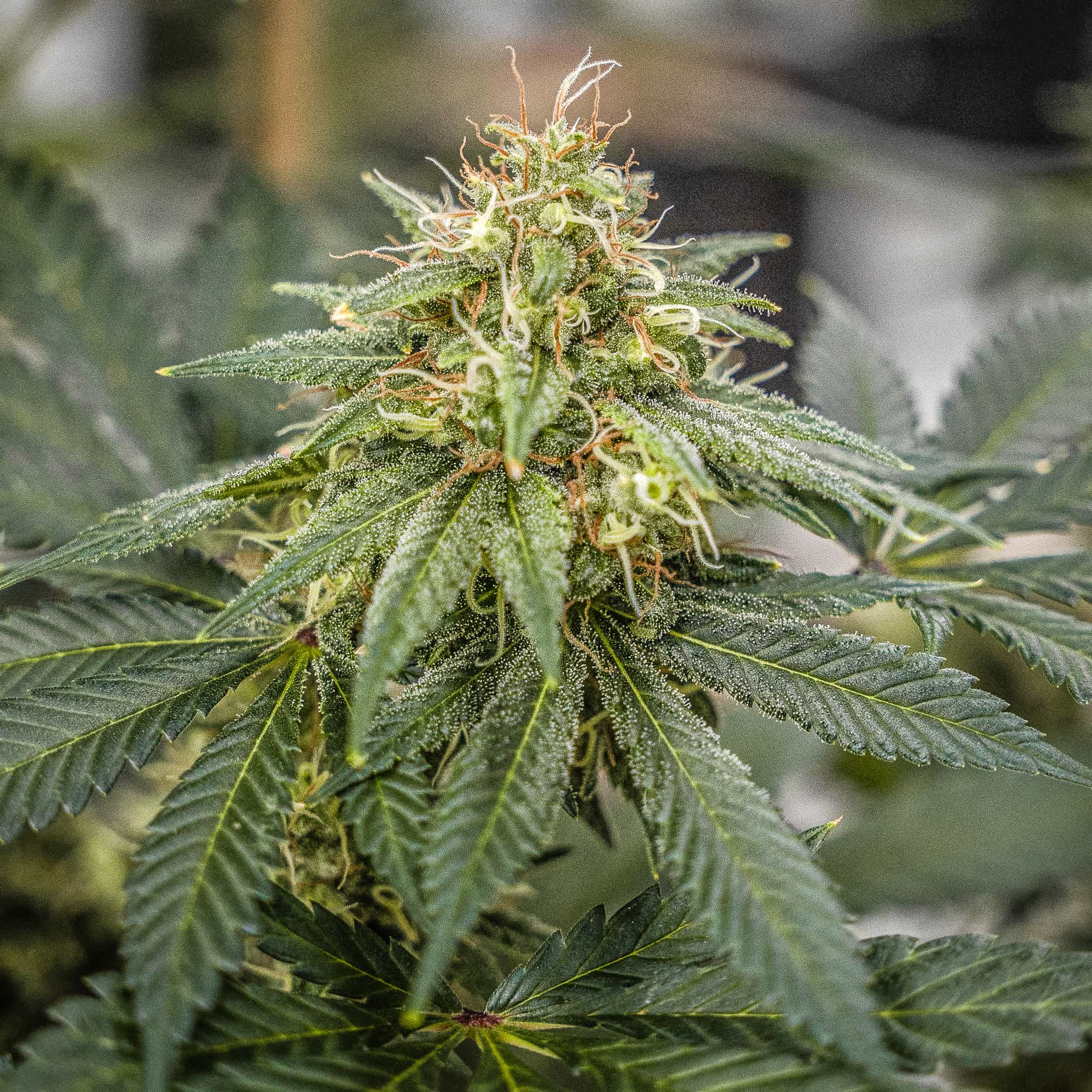
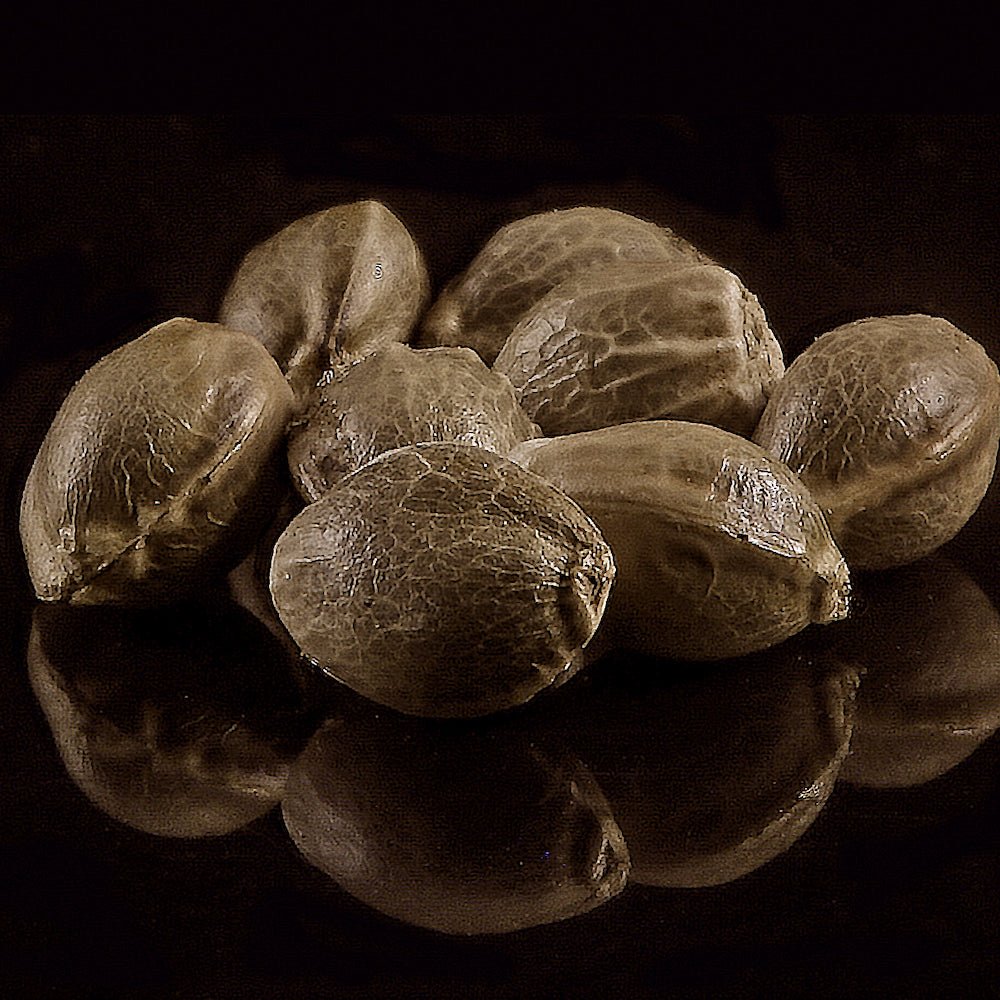
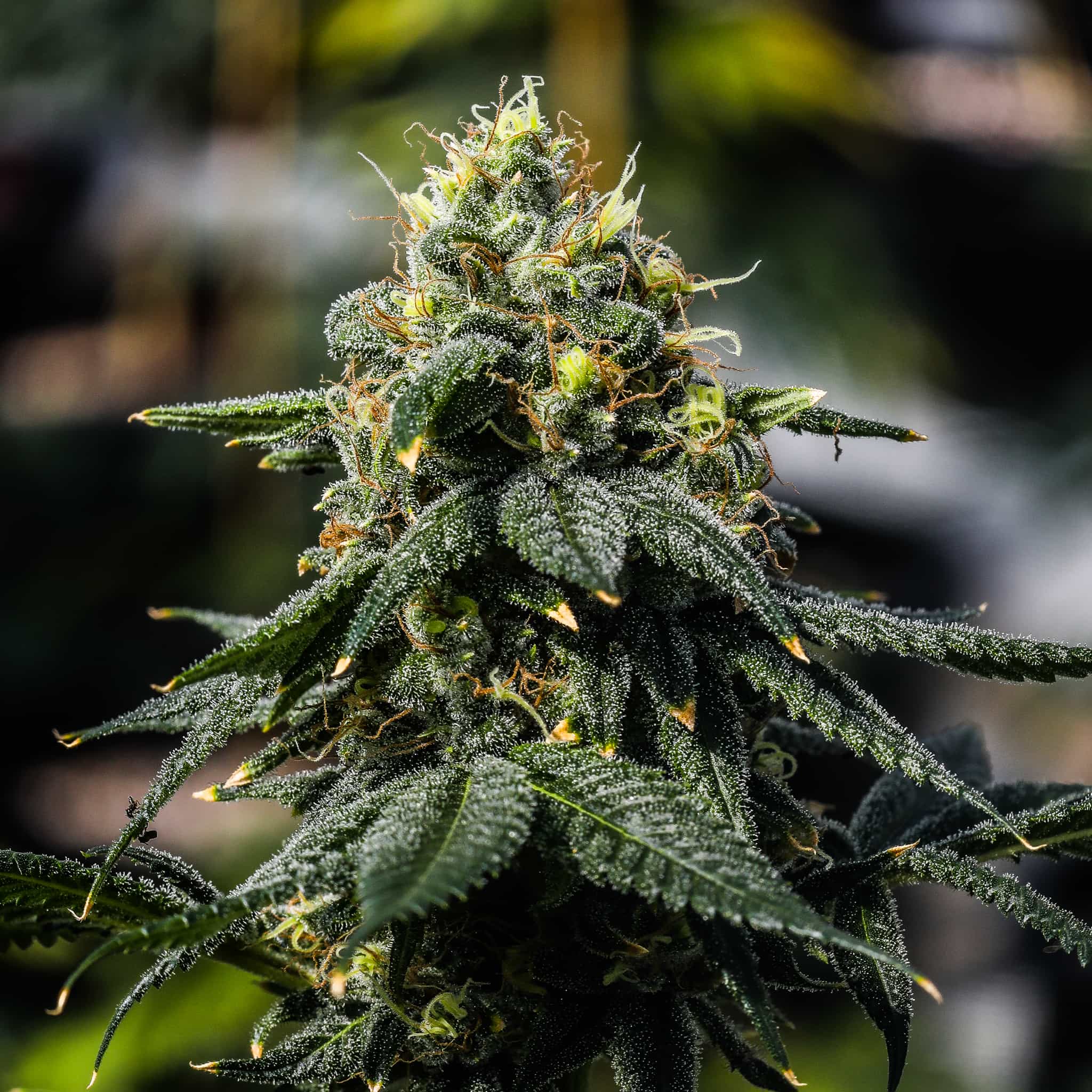

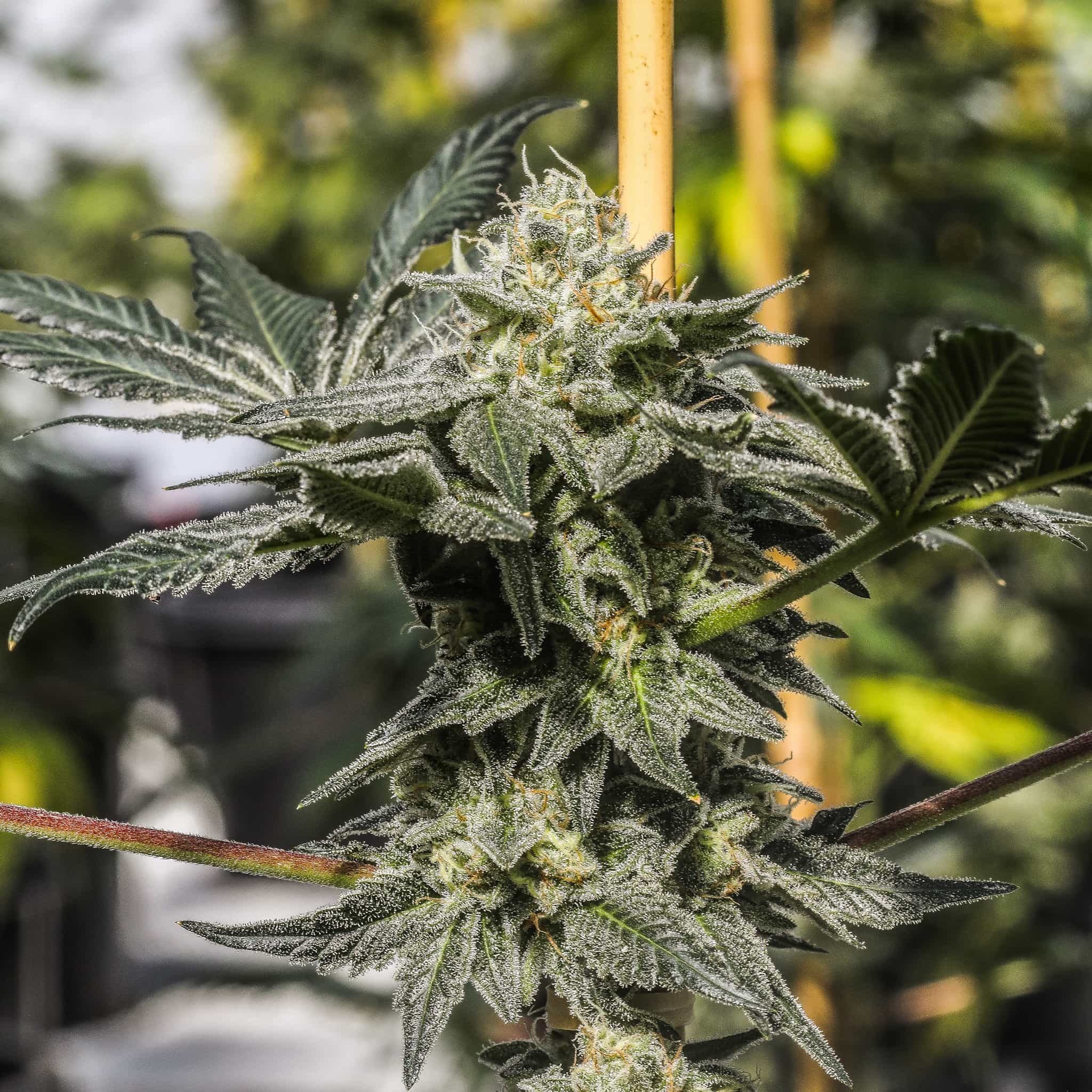


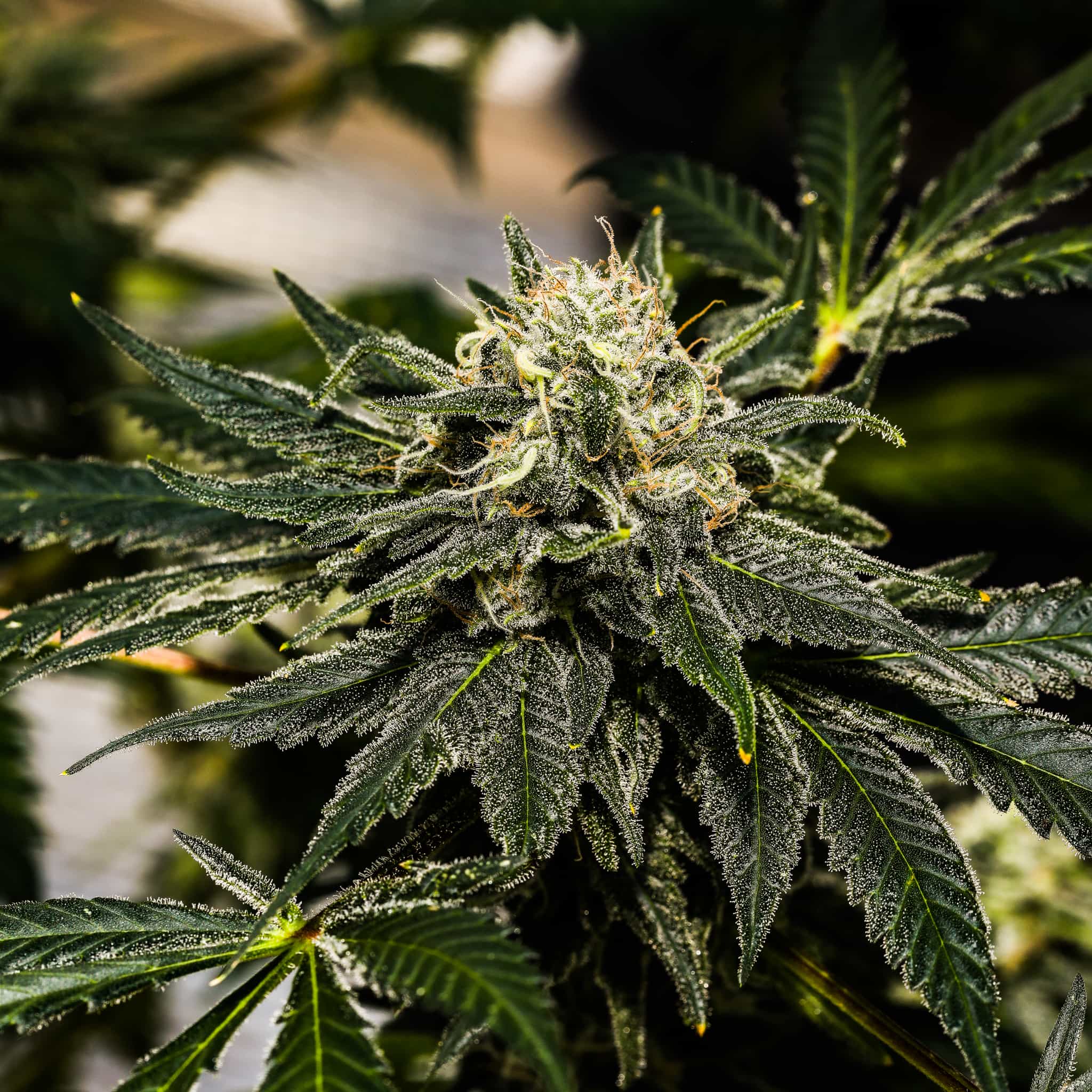
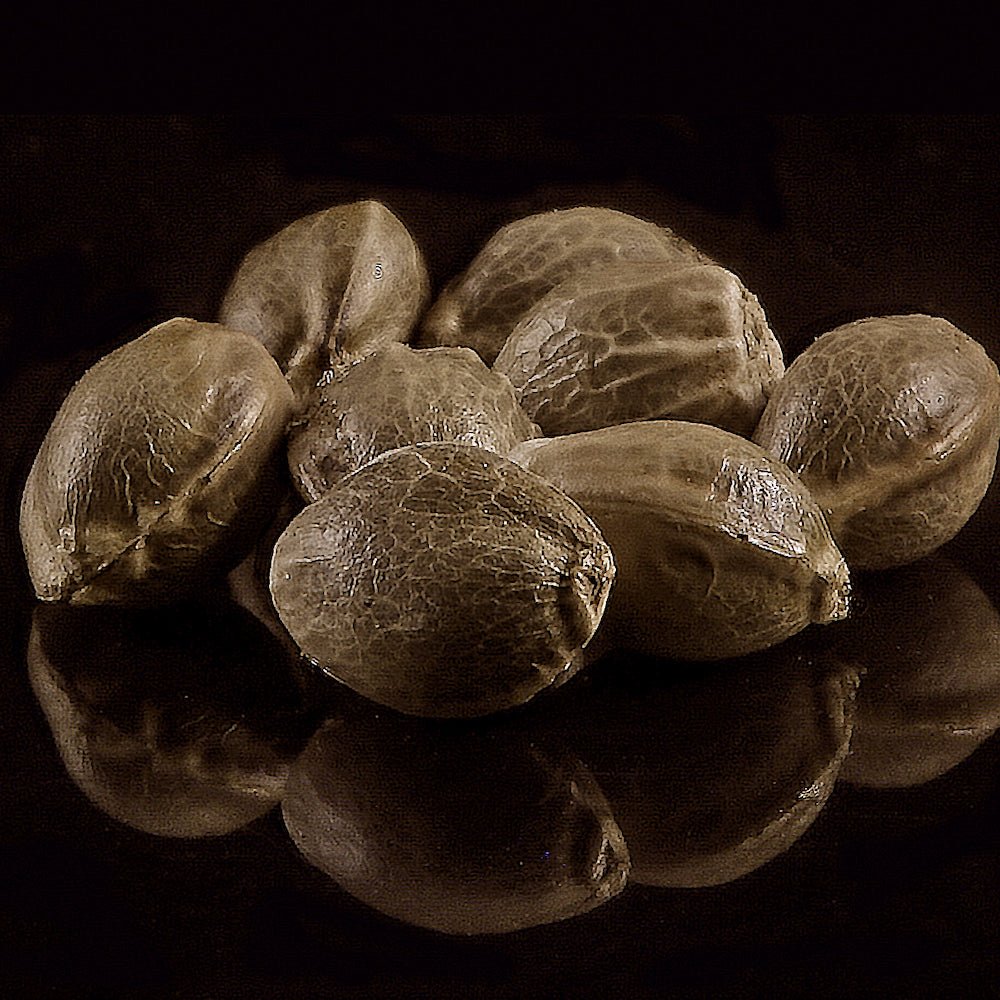
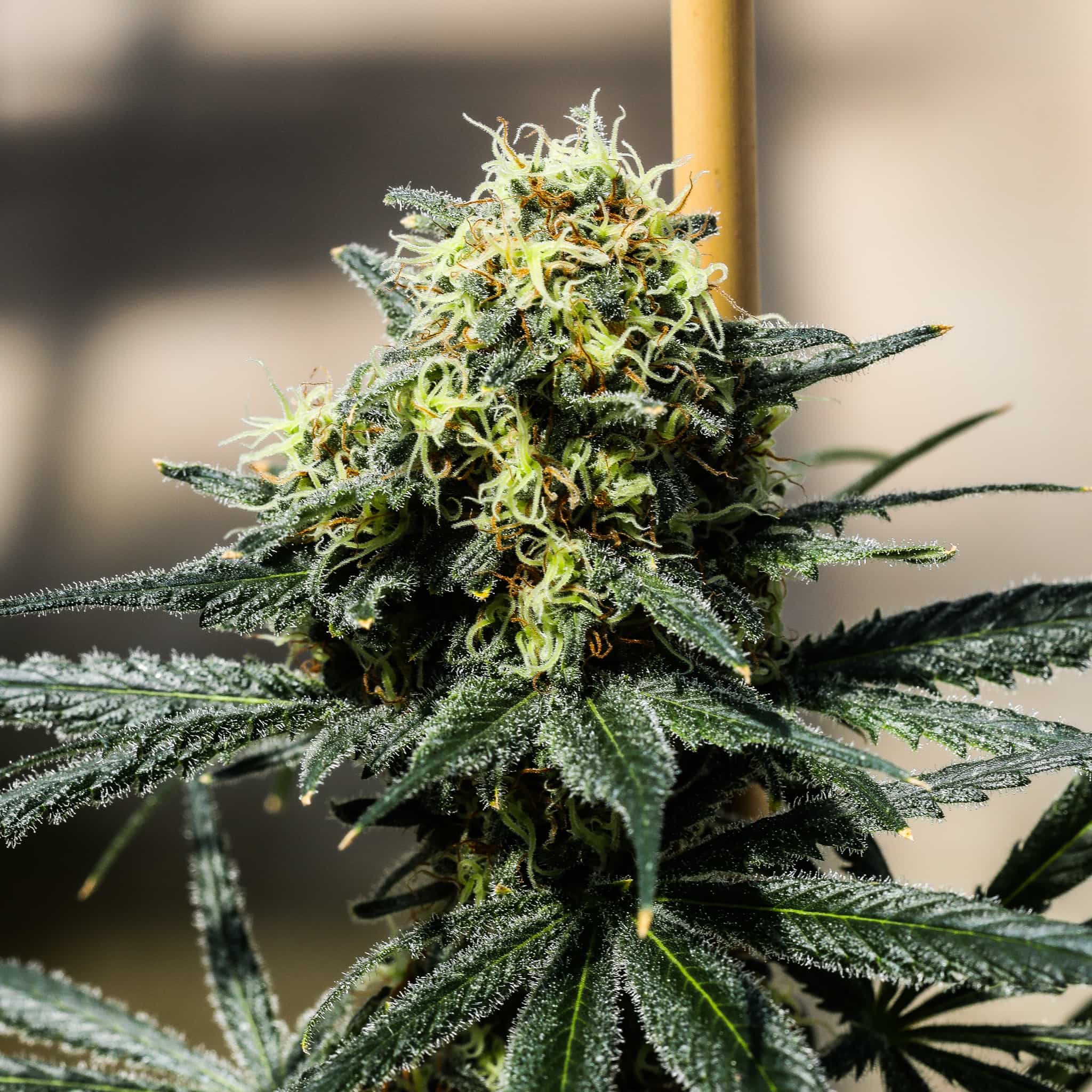
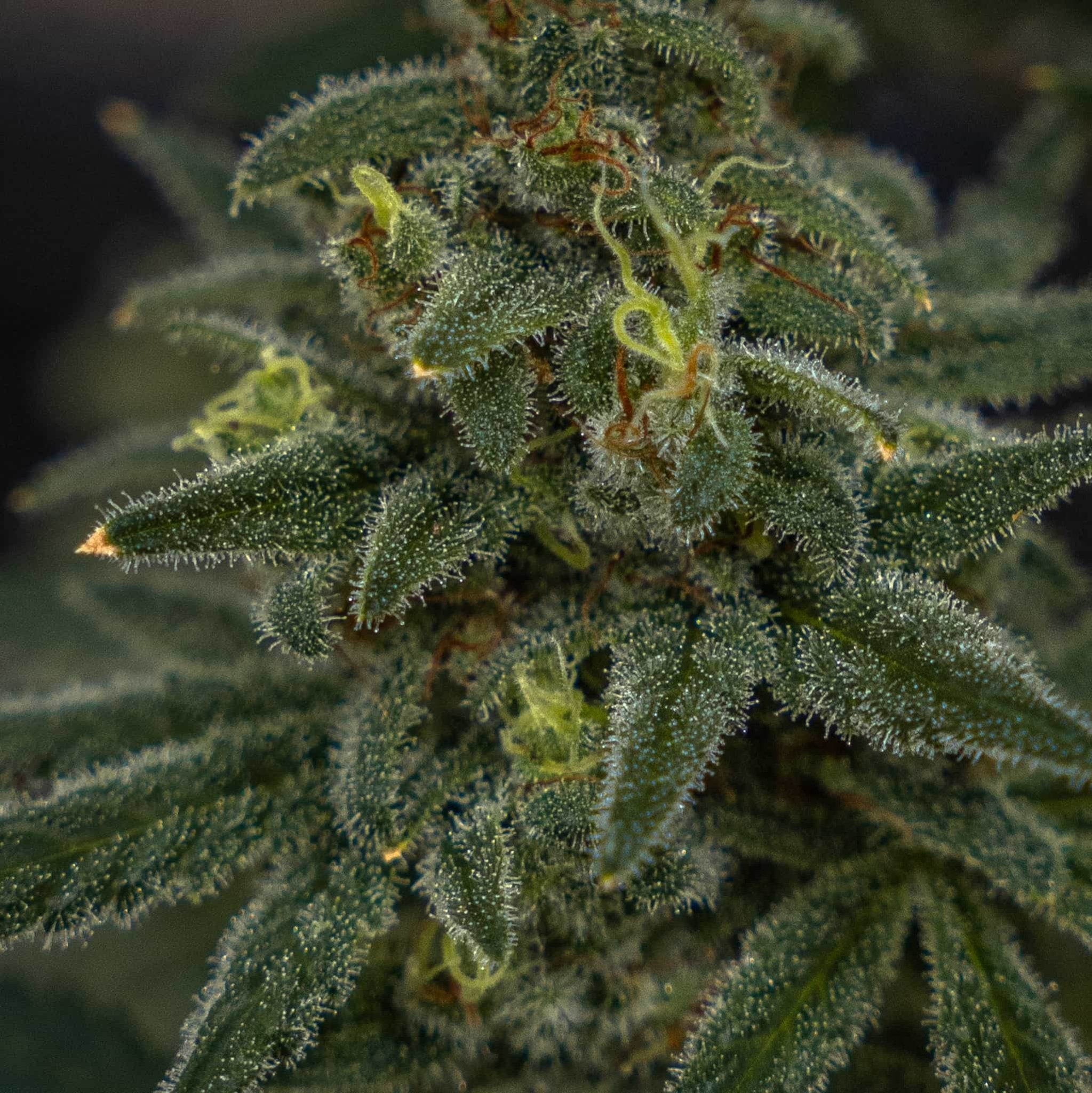

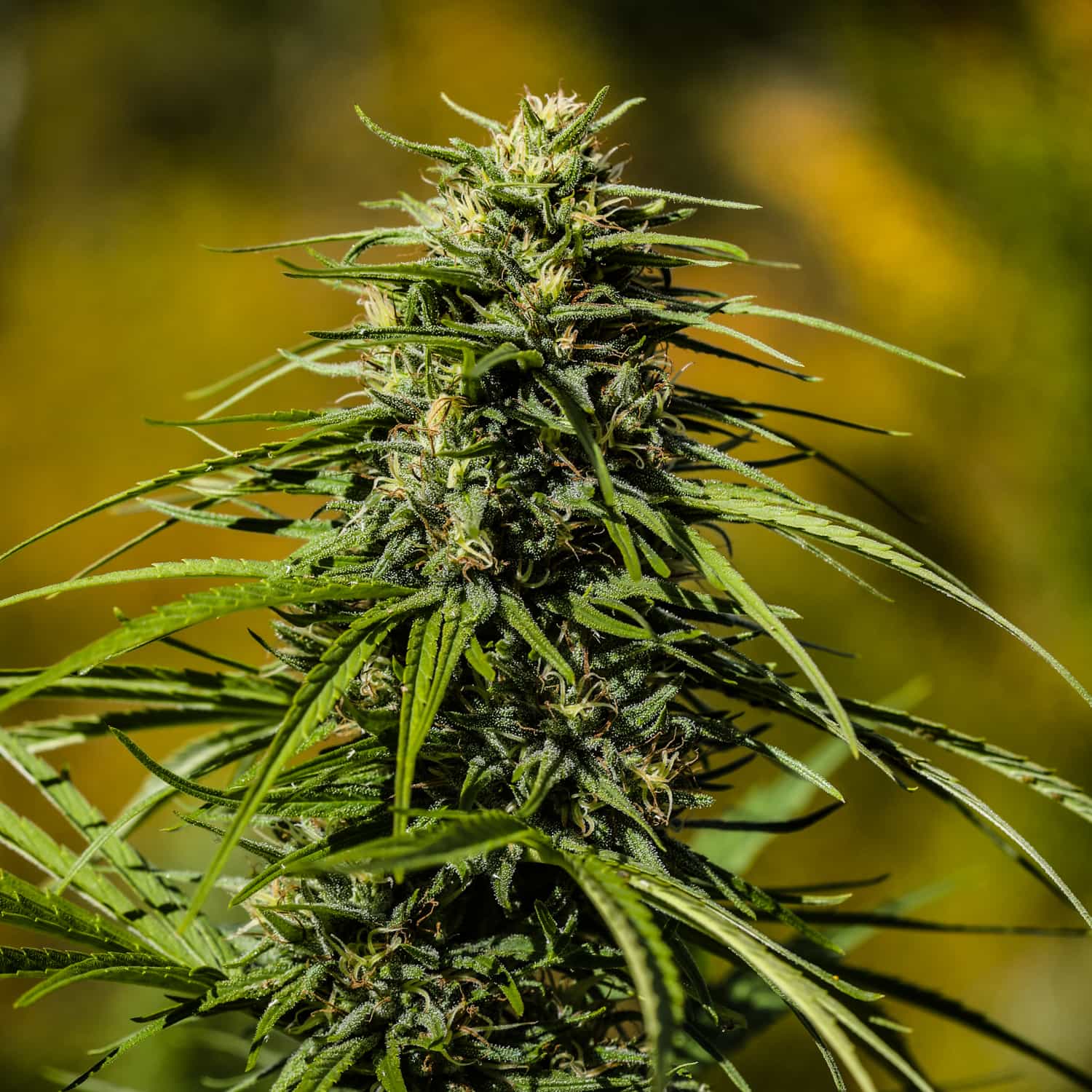
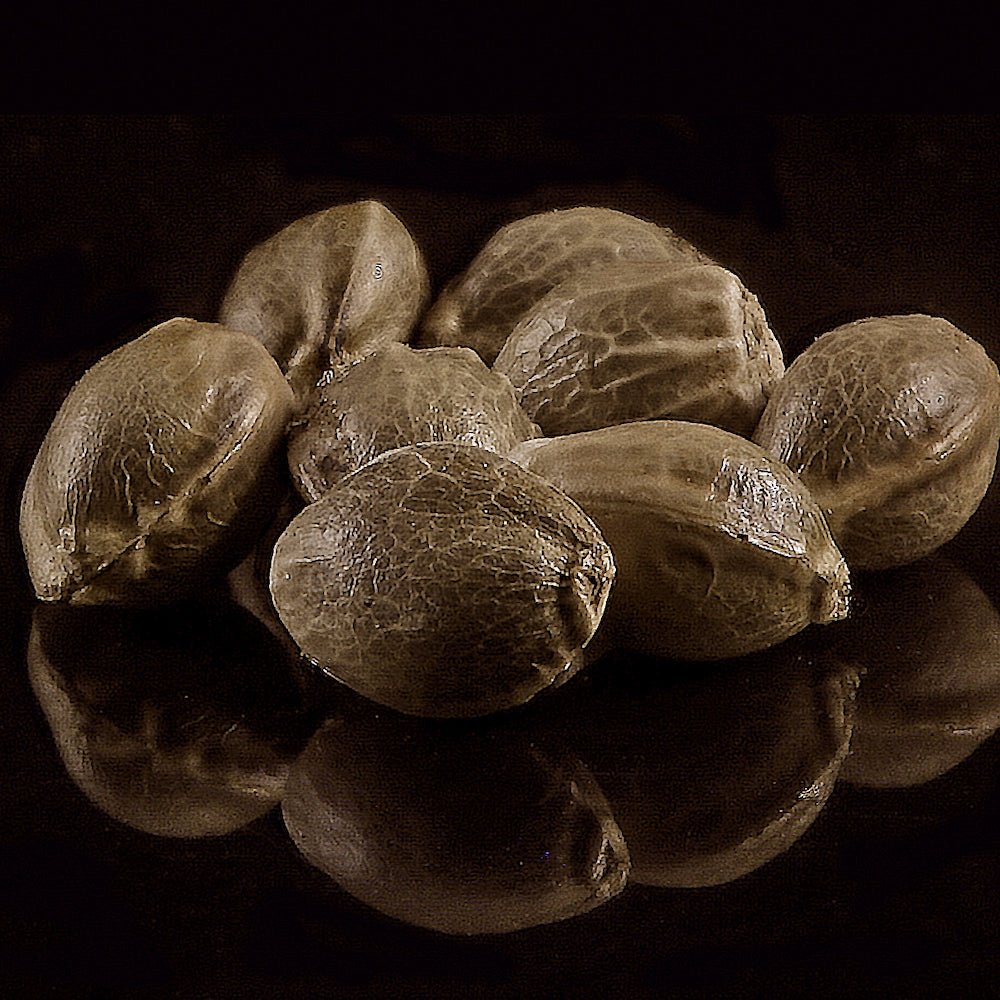
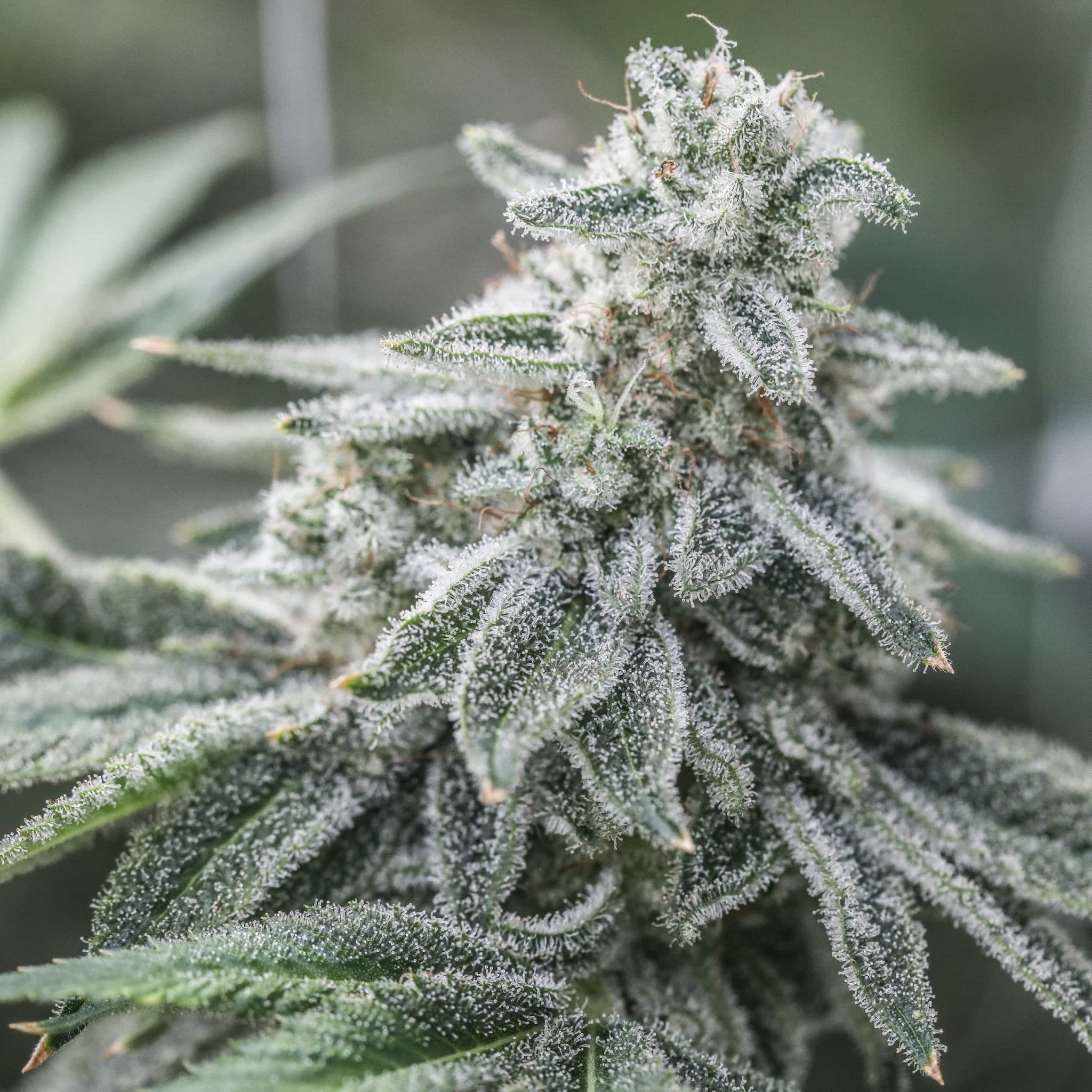

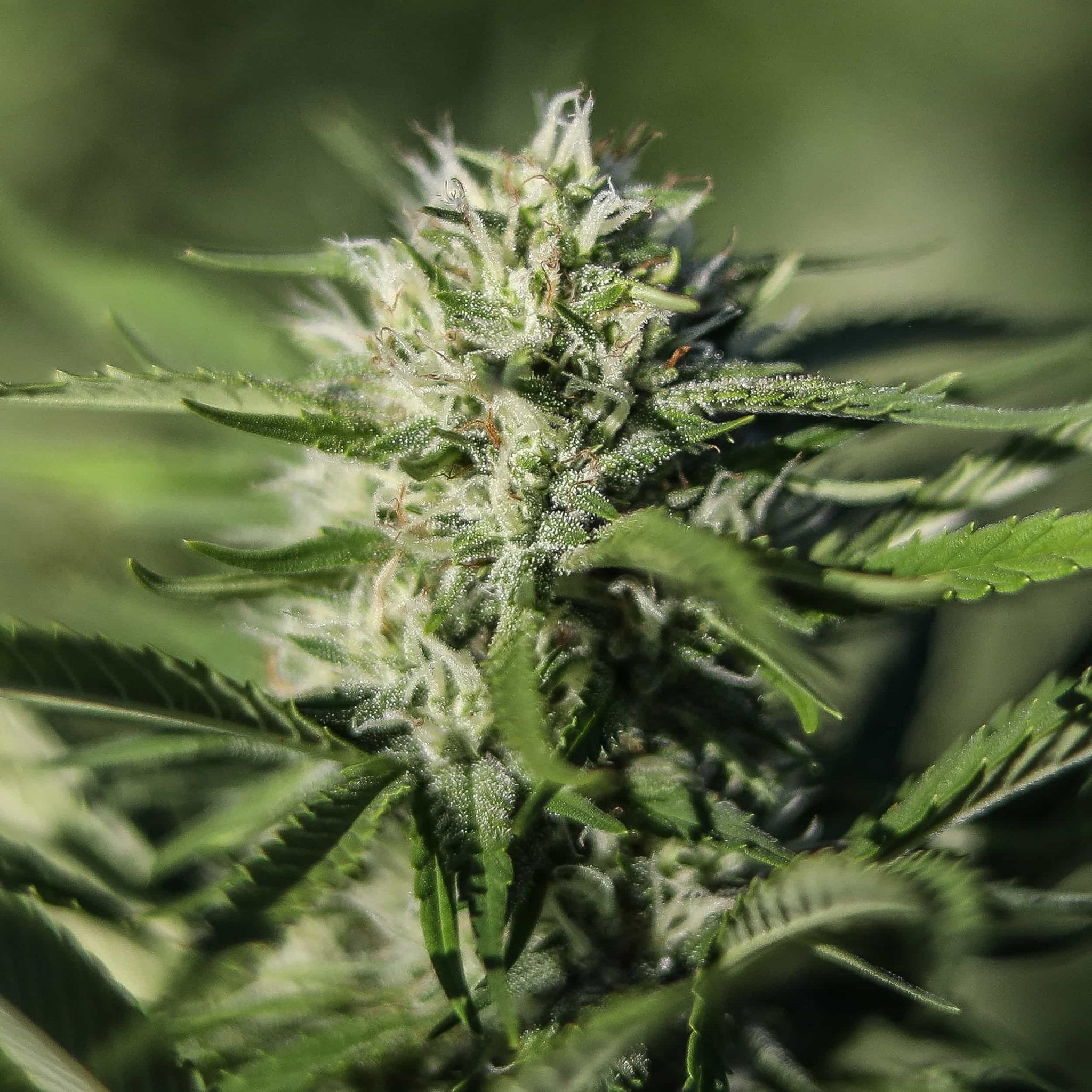
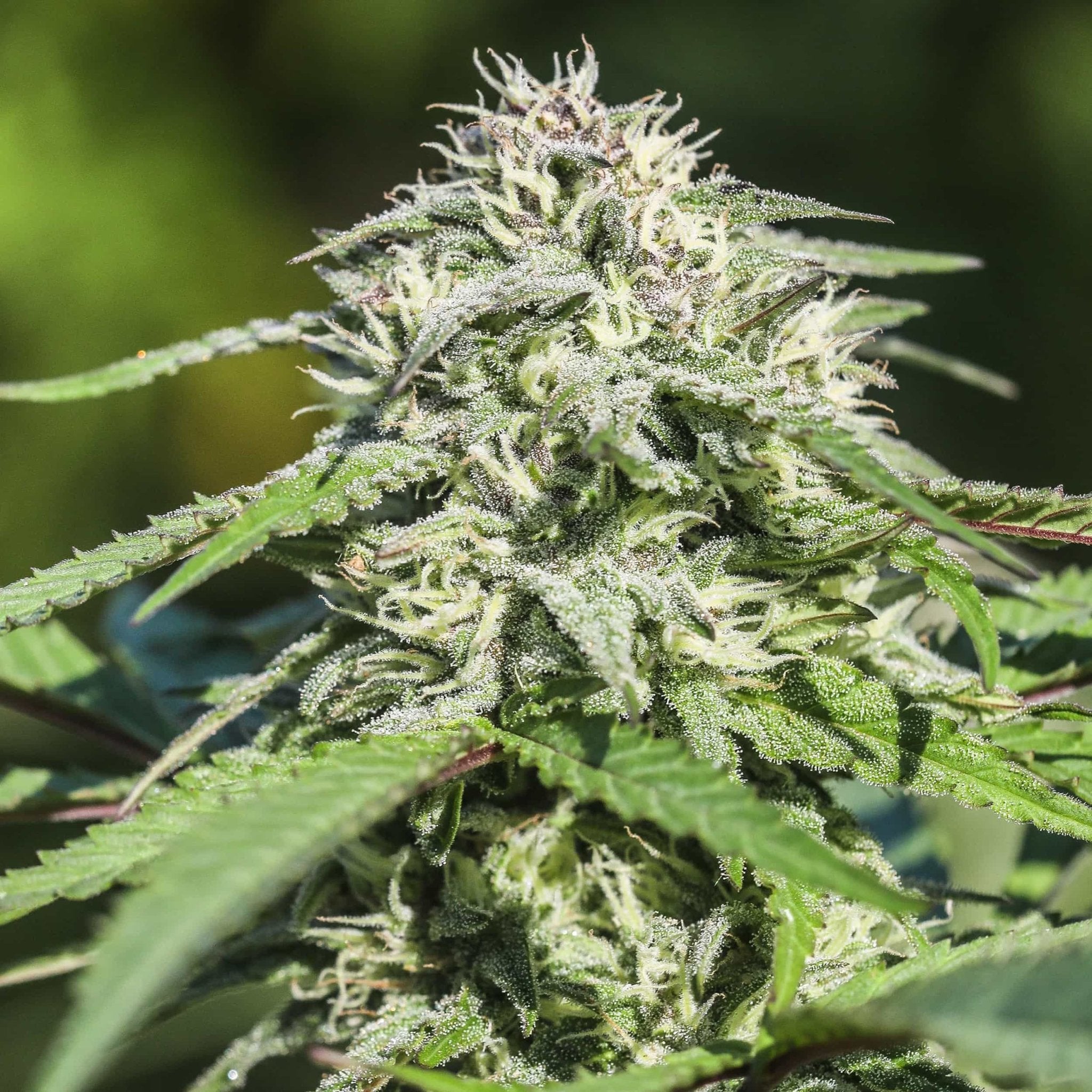
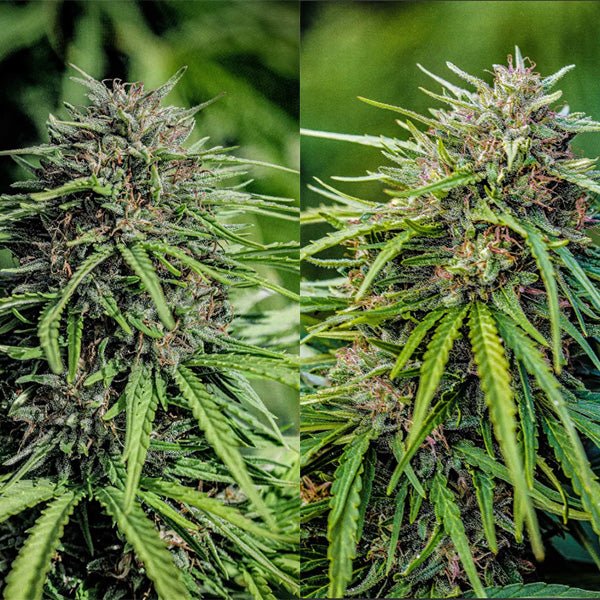

comentario
pots for autoflower can u use a smaller pot if it’s a pruning pot like 1.5 gal or 2 gal I live in FL thank